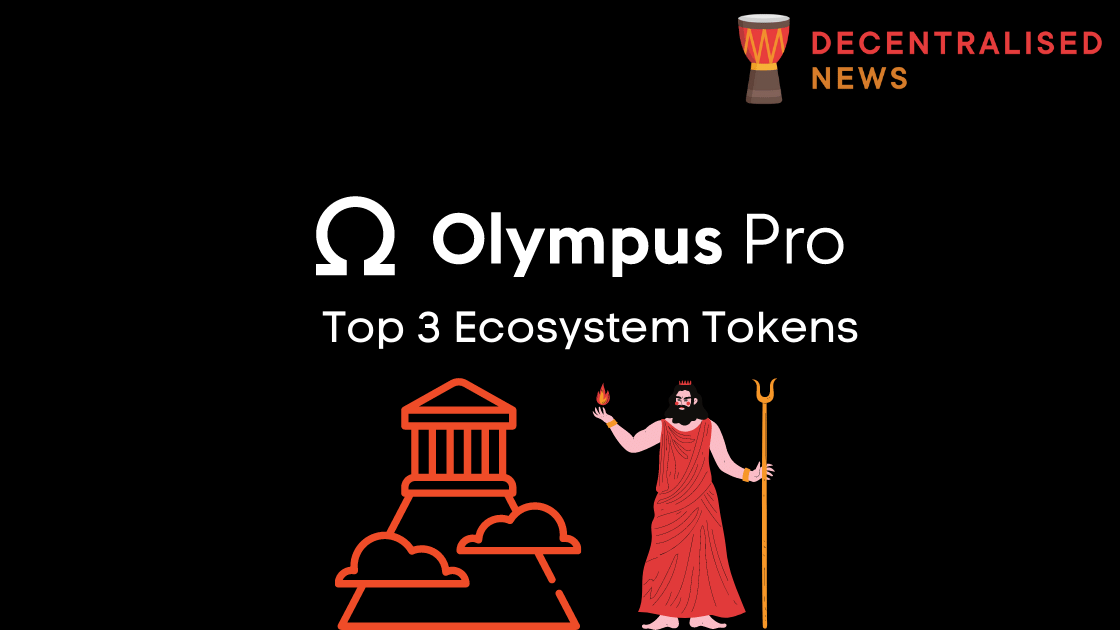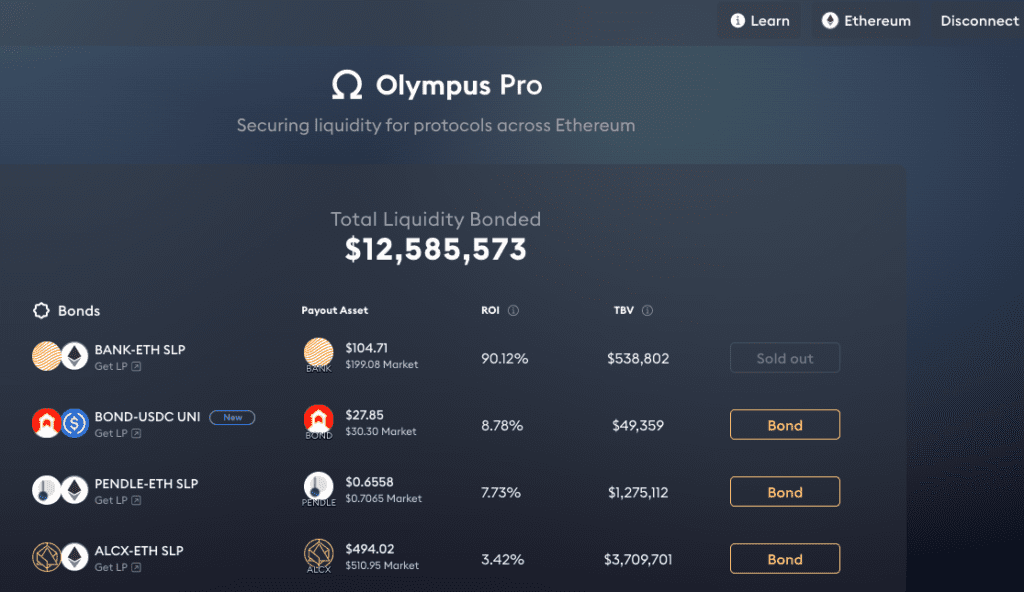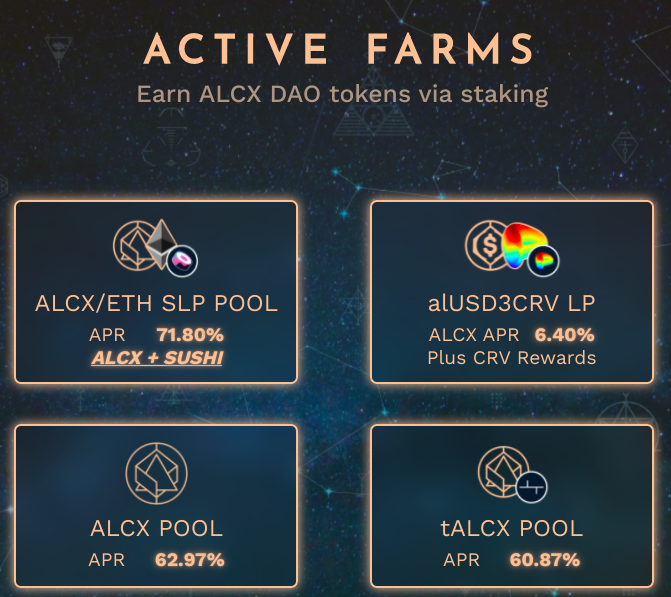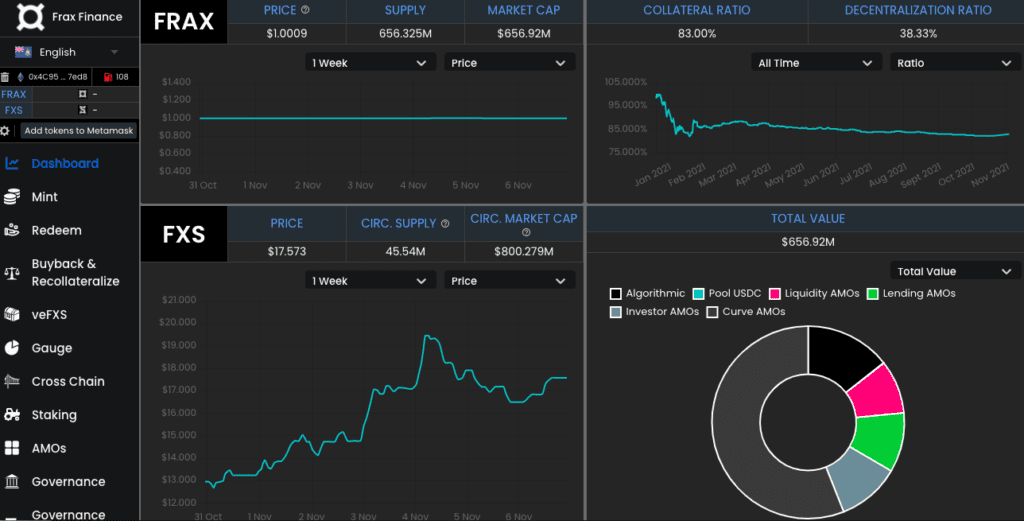
Olympus Pro Review: Top 3 Ecosystem Tokens
Top 3 Cryptocurrencies in the Olympus Pro Ecosystem.
Olympus Pro is a decentralized reserve currency protocol that was created to assist protocols with acquiring their own liquidity by providing a bonds-as-a-service which comes with a minor fee. The model eliminates the need to rent liquidity and consequently paying out high incentives. Instead of staking liquidity provider tokens in order to farm rewards in a pool, liquidity provider tokens can be exchanged by users for the protocol’s governance tokens at a discounted rate through a process referred to as bonding.
Olympus is meant to facilitate transactions while also guaranteeing the permanence of liquidity since the protocol never sells liquidity provider tokens which means that liquidity is essentially locked within the treasury.
Olympus is DAO-governed. This makes the community central to the sustainability of the protocol. For this reason, Olympus Pro makes it possible for long-term holders of the OHM token, which is an algorithmic reserve currency backed by other decentralized assets, to supply liquidity provider tokens of their liking. In exchange they receive OHM tokens at a discounted rate. The advantage is that they don’t have to speculate on price action. In addition, the community has the assurance that there will always be adequate liquidity for them to trade since the liquidity permanently resides within the protocol.
Market participants can either stake or bond. Stakers benefit from supply growth since the majority of newly minted OHM tokens get distributed to stakers who are able to stake their OHM tokens in return for more OHM tokens. Bonders on the other hand benefit from price consistency since they are promised a fixed return in OHM on their upfront capital injections. Effectively, after a fixed vesting period of bonders providing liquidity provider tokens or DAI tokens, they receive discounted OHM tokens in return. Bond sales actually generate profit for the protocol and the treasury then utilizes profits to mint OHM tokens which are then distributed to the stakers. Liquidity bonds are what make it possible for the Olympus protocol to accumulate its own liquidity.
https://www.youtube.com/watch?v=QZOaZ9dd-ms
Popular Tokens in the Olympus Pro Ecosystem
1) Olympus (OHM)
An algorithmic currency protocol, Olympus is intended to be a stable crypto asset. To manage its price stability, Olympus uses reserve assets such as DAI and some even refer to it as a sort of algorithmic stablecoin.

It is different from algorithmic stablecoins like Ampleforth since Olympus issues OHM tokens in order to purchase DAI and other assets and thus maintain a treasury similar to the way FEI works even though Olympus allows OHM price to float instead of maintaining a peg to the dollar. That’s the difference between stablecoins such as FEI, USDC or USDT and OHM tokens. OHM tokens can be traded on exchanges such as Gate.io, Uniswap (V3) and others.
2) Alchemix (ALCX)
Alchemix is a DeFi lending protocol that provides highly flexible instant loans that repay themselves automatically over time. By using yield earned from deposits to amortize users’ debts, it means that more yield can be earned when users leave deposits longer and thus they are able to have more of their loans paid back also.

When users make deposits to the Alchemix protocol, those deposits effectively become collateral loans that they can take out which is typically up to $1 for every $2 that is deposited by a user. Alchemix takes users’ deposits and puts them in Yearn’s vaults to earn yield which automatically pays off the debt over time. Users are also still able to convert their loans to fiat which they can use to make purchases or stake to earn additional yield. Essentially, Alchemix enables users to pay off their loans anytime, using collateral. ALCX tokens are the governance tokens for the Alchemix protocol and they can be traded on exchanges such as Gate.io, FTX, and others.
3) Frax Share (FXS)
Conceived by Sam Kazemian and named after the fractional-algorithmic stability mechanism and considered the first fractional-algorithmic stablecoin protocol, Frax operates as an open-source project aiming to provide a decentralized yet scalable, algorithmic money which can be a substitute to fixed-supply crypto assets such as Bitcoin.

Frax has parts of its supply backed by collateral and the other part of the supply is algorithmic which means part of its supply is floating or unbacked. Frax Shares (FXS) is the governance token which accrues excess collateral value, fees, and seigniorage revenue, while FRAX is the stablecoin which maintains a soft-peg to the dollar. Frax has a long term vision to create a Frax Price Index (FPI) or a crypto native version of the CPI that would be governed by FXS holders and even other protocol tokens.
Frax is meant to be a decentralized protocol with onchain governance and it is reported that 60% of the supply of FXS will be issued over a period of many years to liquidity providers and yield farmers. FXS tokens can be traded on HitBTC, Binance, Uniswap and Gate.io among other exchange platforms.







